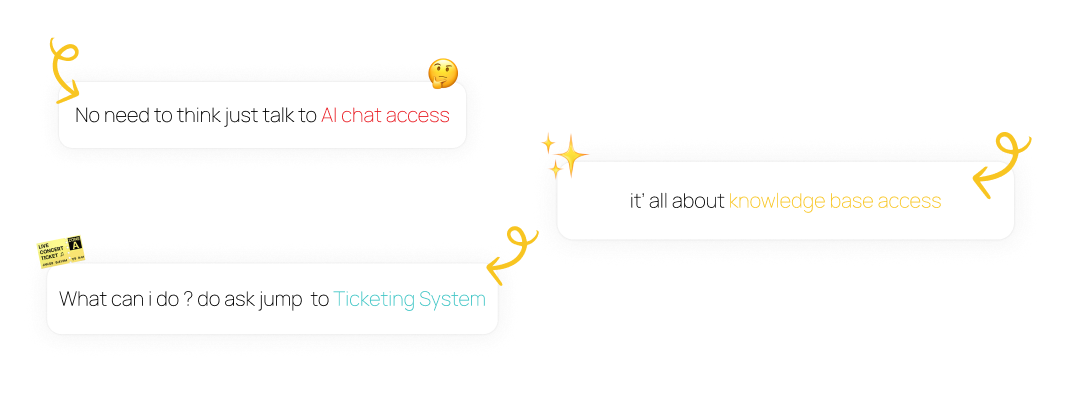Advance Payment Entry
Payment done by the Customer/Supplier before the invoice is sent is an Advance Payment.
Typically, advance payments are made for high-value transactions. Let’s consider a scenario involving a customer named John Smith. John is planning a wedding event and approaches a catering company to book their services. The total cost for the catering service is estimated to be $5,000. The catering company requests John to provide an advance payment to secure the booking. John decides to pay $2,000 as an advance before the event date.
In BizCentric, to record this advance payment, you can create a Payment Entry. If there is an existing booking or contract, such as a Catering Service Agreement, you can directly create a Payment Entry against it for the advance amount. Alternatively, you can also create a standalone Payment Entry specifically for John’s advance payment. Similarly, for suppliers, advance Payment Entries can be initiated via Purchase Orders.
Note: If payment is not linked to an invoice, it is considered as an advance payment. The advance payments are reflected in the Accounts Receivable and Payable reports.
1. Prerequisites
To create an advance payment entry, these need to be created first:
- Party (Customer/ Supplier)
- Payment Account (Bank or Cash account)
2. How to create Advance Payment Entry
After submitting a Sales Order or Purchase Order, you will have the option to initiate a Payment Entry against it. Alternatively, you can manually create a new Payment Entry and specify details such as the party and payment account. Here are the steps to create an Advance Payment against a Sales Order:
- Navigate to the Sales Order section and select the option to “Make” a Payment Entry.
- Verify and set the accounts accordingly.
- Save and submit the Payment Entry.
In the BizCentric system, any Payment Entry not associated with an invoice is recognized as an advance payment.
For example, if a customer provides a $5,000 cash advance, it will be recorded as a credit entry against the customer’s Receivable account. To maintain balance according to the double-entry accounting system, $5,000 is debited against the company’s cash account.
2.2 Allocating Advance Payment in Invoice
When generating an invoice, you can verify whether there exists an Advance Payment associated with that particular party.
By selecting the “Get Advance Received” button, any Advance Payment Entries linked to that party will be retrieved. Once these Advance Payment Entries are displayed, you can designate the amount of advance to be allocated against this invoice. This allocation will promptly reduce the Outstanding Amount for the invoice.
Afterward, save and submit the Sales Invoice.


